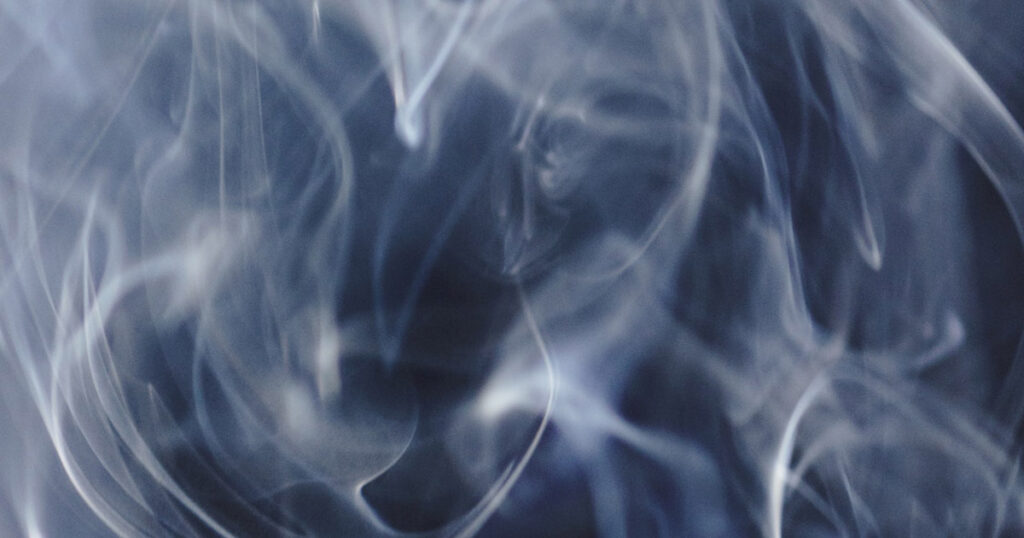Buncrana air quality misses WHO standard

Air pollution in Buncrana exceeds the limit set down by the World Health Organisation (WHO).
Scientist Criodán Ó Murchú found air pollution measured by a sensor located on Nailor’s Row returned a concentration slightly above the long-term limit set out in WHO air quality guidelines which were revised in 2021.
His research recorded Buncrana having an annual mean of 5.56 micrograms of fine particulate matter per cubic metre, slightly above the long-term 5.0 micrograms limit set down by the WHO.
The EU has yet to update its air quality standards which are more than a decade old.
Particulate matter are solid particles suspended in the air, including smoke, soot, dust and pollen.
It’s estimated that poor air quality causes at least 1,300 premature deaths in Ireland every year.
Internationally, the burden of disease from air pollution is on a par with more widely acknowledged health risks such as tobacco smoking and an unhealthy diet.
“These are tiny, tiny particles fractions of the width of a human hair,” Mr Ó Murchú said of Pm 2.5 and Pm 10 pollution.
“However, these particles can get into any and all parts of the body and they’re bad for your health.
“They have a known, negative impact on cardiovascular and lung health.
“They get into the bloodstream, and we’re starting to understand that they can impact on birth weights.
“Asthmatics will suffer acutely from this, and have bad days when the pollution rate is high, but there are chronic impacts from ongoing exposure,” he said.
“We can’t say the air pollution alone causes lung cancer directly, but these particles are contributing factors and a risk multiplier and that’s why we have to be so alert to them.”
High concentrations of pollution are seasonal and peak in the winter months when more fires are lit in homes.
Mr Ó Murchú, , who completed a masters degree in environmental science at Galway University, said towns like Ennis, Limerick and Longford have notably poor air quality.
“Buncrana’s level of pollution is one of the better ones in the towns that I’ve looked at,” he said.
“Being coastal and windy will have helped, but even still it’s above the threshold considered safe by the WHO.”
The environmental scientist, who works with a NGO to improve engagement and awareness of science, said the Environment Protection Agency should extend testing to include other pollutants, including nitrogen oxide which derives from vehicle exhaust fumes.
“We don’t know what’s going on with nitrogen oxide,” he said. “We can guess and estimate what those values might be, but we don’t know because we’re not measuring.
“And if we aren’t measuring this stuff, we can’t know what impact it’s having.”
